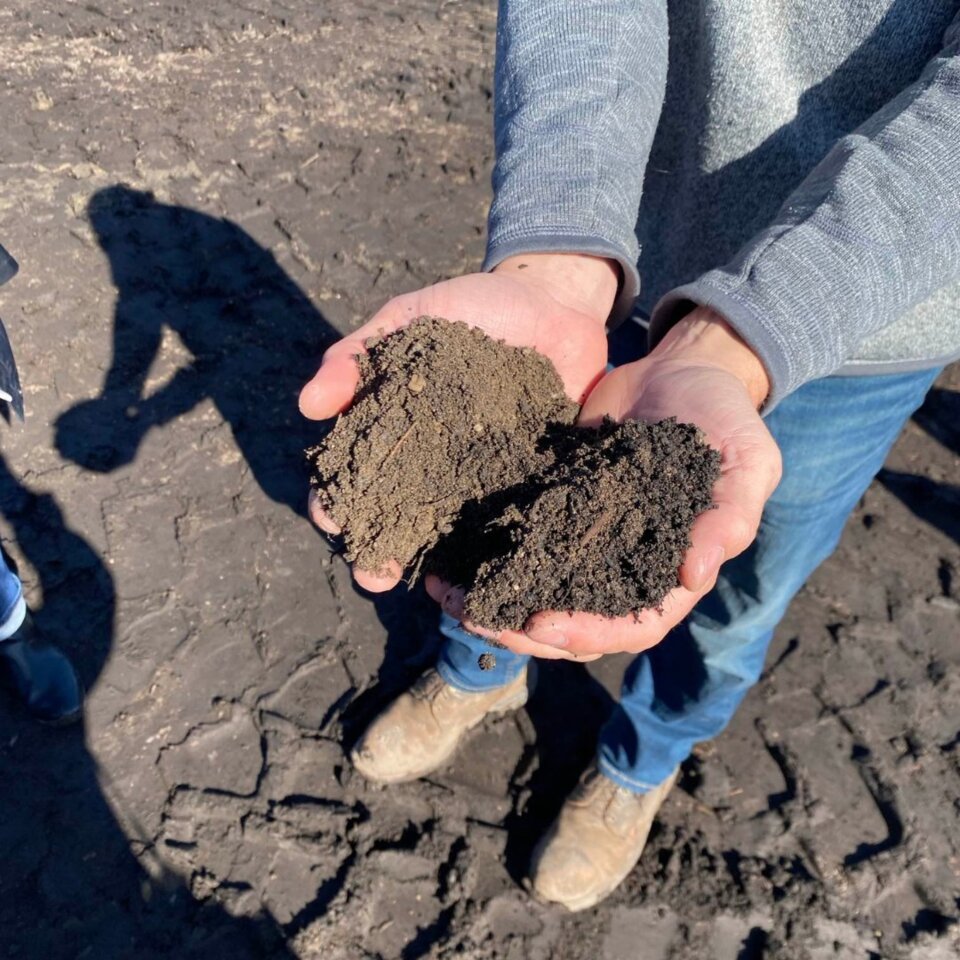May 01 2025
The City of Ferndale is Not Participating in No Mow May for 2025

No Mow May - What is Changing
This year, the Ferndale Environmental Sustainability Commission recommended to the City Council that Ferndale not take part in No Mow May and instead encourage residents to partake in pollinator-aware lawn care.
Ferndale will move away from “No Mow May”, which allowed for suspension of the 7” grass height ordinance on cut grass during the month of May. Normal ordinance will take effect this year, meaning that all yards must be kept to 7” maximum all year long, and residents are encouraged to participate in “pollinator aware yard care” practices as outlined below.
The pilot program for No Mow May had successful participation, with over 700 households registering for the program in its first year. This pilot provided extremely valuable learning for the city and its residents on what types of programs promote/support pollinator habitats. Since this pilot, the city has evaluated whether “No Mow May” programs are effective, and it has been discovered that they are not. This is mostly due to the lack of pollinator-friendly vegetation present in the typical suburban/urban turfgrass lawn, meaning that the plants that do grow when not being mowed do not contribute to pollinator habitats in any meaningful way. Studies show that native bee diversity and abundance is higher in lawns with at least 25% native or flowering plants than lawns that are primarily turf grass.
Learn More:
- https://undark.org/2024/05/13/little-science-behind-no-mow-may/
- https://hort.extension.wisc.edu/articles/whats-the-deal-with-no-mow-may/
- ttps://www.rewildingmag.com/no-mow-may-downside/
“Conserving wild bees is hard work full of nuance. It requires unpacking messy systems and countering widespread misinformation. This complex work is hindered by simplistic messaging that perpetuates the notion that non-native weedy species are good for all bees. No. There are several hundred species of wild bees, each with its own ecological requirements and behaviours. They are beautiful and important creatures, worth understanding beyond oversimplified slogans." (Rewilding)
Due to this fact, and some of the prevailing confusion that the ordinance caused in yard maintenance practices even after May, we instead suggest/recommend some of the practices below that can encourage pollinator habitats in our city.
Alternatives/Best Practices
Lawn Care
- Don’t use chemical pesticides, herbicides, or fertilizers; when you do, use them sparingly and in very targeted spots (and wear appropriate PPE!)
- Maintain a cut between 3 and 4 inches so grass can outcompete weeds.
- Mow less - and don’t remove more than ⅓ of the grass when mowing
- Reduce air and noise pollution by mowing less often
Native Planting
- Manicured, monocultural lawns are pollinator deserts–the less lawn the better. Replace part of your lawn with densely planted native plants.1
- Spend the mowing time you’ve saved on pulling out invasive species instead.
- Common invasives found in Ferndale can include but are not limited to:
- Tree of heaven
- Garlic mustard
- Dame's rocket
- Rose of Sharon
- English ivy
- Lily of the valley
- Siberian elm
- Plant a “bee lawn”3 - There are lots of plants that bees like, but few are adapted to lawn conditions. Not many plants besides turfgrass can tolerate being mowed short and stepped on. Here are the traits needed for bee lawn flowers:
- Low-growing and adapted to being mowed.
- Flower at low heights.
- Tolerant of foot traffic.
- Provide good food (nectar and pollen) for pollinators.
- Moderately competitive, meaning they can hold their own with the turfgrasses without taking over.
- Have a perennial life cycle (they live for more than one year), so they are maintained in the landscape with the perennial turf.
Also consider these tips from Michigan State Extension or read more from the resources below:
- White clover is a good option
- For a more grass-like lawn that requires fewer inputs, you can choose plants such as Liriope to replace a traditional lawn on either flat or steep areas
- Other grassy perennials, such as sedges and fescues, can replace lawn in wet or dry areas that are difficult to maintain.
- If you want to reduce turf areas, consider using groundcovers including creeping thyme, a low-growing Rebecca Finneran, MSUE plant that produces lots of flowers and requires minimal maintenance. Other groundcovers include Ajuga, bearberry or Pachysandra. Low-growing clover like white or Dutch micro-clover, is a thrifty lawn alternative that provides nectar and pollen for bees.
- Native pocket plantings, pollinator lawns or meadows, native trees and shrubs
Resources
- Ferndalian Wildflower Native seed packet: seam.ly/QuRb8f9N
- Ferndale’s Planned Natural Landscape Program: https://www.ferndalemi.gov/resources/planned-natural-landscaping
- Oakland County Rain Smart
- Rebates: https://www.oakgov.com/government/water-resources-commissioner/rainsmart-rebates
- Oakland County Conservation District sells trees and shrubs
Sources
- https://www.rewildingmag.com/no-mow-may-downside/
- https://hort.extension.wisc.edu/articles/whats-the-deal-with-no-mow-may/
- https://extension.umn.edu/landscape-design/planting-and-maintaining-bee-lawn
- https://pollinators.msu.edu/resources/pollinator-planting/pollinator-lawns.aspx
- https://pollinators.msu.edu/sites/_pollinators/assets/File/Smart%20Lawn%20Care%20to%20Protect%20Pollinators.pdf
- https://pollinators.msu.edu/sites/_pollinators/assets/File/Bee%20Aware%20Tri-Fold%20Brochure.pdf
- https://pollinators.msu.edu/sites/_pollinators/assets/File/Smart%20Lawn%20Alternatives%20to%20Protect%20Pollinators.pdf




